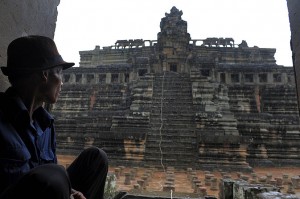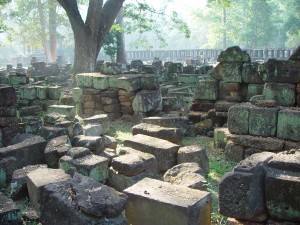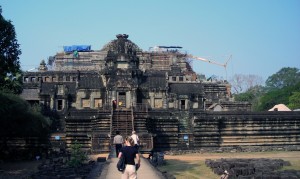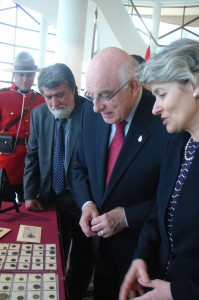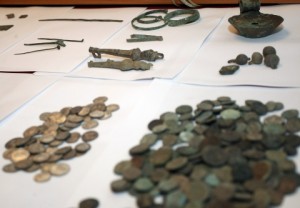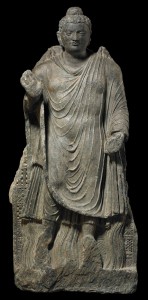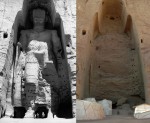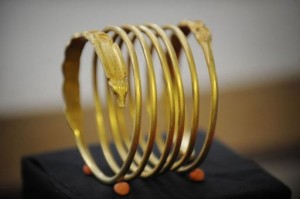It seems like it might even stick this time. Under pressure from continuing protests, Prime Minister Essam Sharaf announced Sunday that 12 ministers with ties to the Mubarak regime would be replaced, among them Minister for Antiquities Zahi Hawass.
For more than a decade, he has been the international face of Egypt’s archaeology, with his trademark “Indiana Jones” hat that turned him into an instantly recognizable global icon. Hawass, however, has been the target of a series of heavily publicized protests by archaeology graduates who accused him of corruption and seeking publicity for himself.
He has been accused of being too close to Mubarak and his family, along with former culture minister Farouq Hosni, himself a protege of the Mubaraks who had served in the Cabinet for 25 years until he was pushed out after the revolution.
Hawass confirmed the truth of this report to the New York Times, and there’s extraordinary footage of him getting mobbed by angry protesters as he attempted to leave the ministry on Sunday.
[kml_flashembed movie="http://www.youtube.com/v/0Ubm5yoIfuk" width="425" height="350" wmode="transparent" /]
Archaeologists have long grumbled under their breaths about Hawass’ stranglehold on every aspect of Egyptian archaeology. Egyptian blogger 3arabaway explains the anti-Hawass case well in this post. I wasn’t aware of how Hawass’ indefatigable pursuit of foreign tourism translated into a repellent kind of mini-Jim Crow.
It is common practice for him to look down on Egyptians. During Egyptian public holidays, he bans Egyptians from visiting the pyramids and other historic sites, saying they harm Egypt’s antiquities. At the opening of the new Museum gift shop, when asked about the cafeteria and how it was too expensive for the average Egyptian, he said Egyptians can go eat at el-Gahsh (a popular foul place in a low-income neighborhood) – this cafe is for tourists only.
Ancient sites as Sun City. Charming.
Hawass’ replacement is still unknown at this time. The Prime Minister first appointed Abdel-Fattah el-Banna, a professor of restoration who has been an active participant in the Tahrir Square protests, but he was roundly criticized for lacking the archaeological credentials to be antiquities minister. Mohamed Abdel-Maksoud, secretary-general of the Supreme Council of Antiquities, made a beeline for the prime minister’s office to argue that it would be a grave error to appoint a non-archaeologist like Banna. Museum employees all over Egypt went on strike Monday to protest the appointment, so by the end of today Banna had handed in his resignation.
